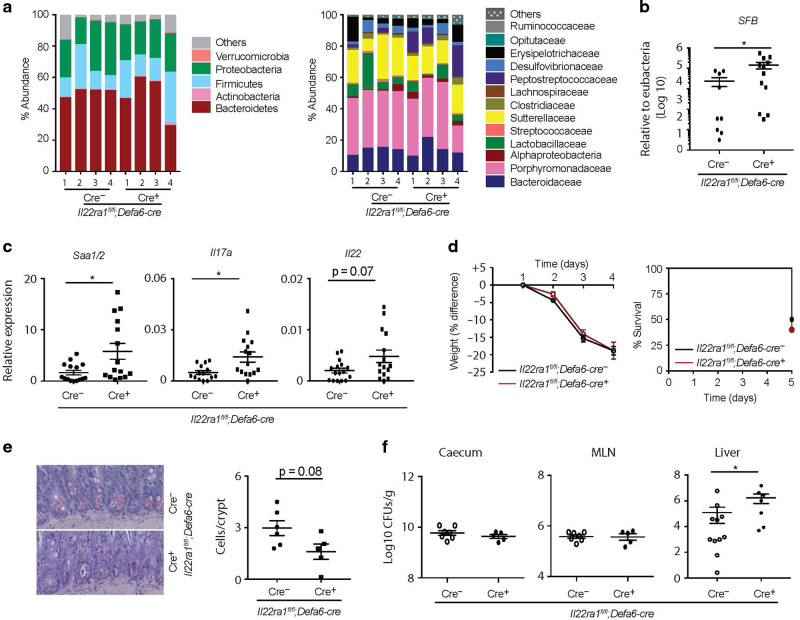Fig. 7. Paneth-specific IL-22Ra1 signaling prevents commensal dysbiosis (indicated by increased colonization by SFB) and is required for providing immunity against Salmonella.
a Terminal ileum luminal contents of cohoused littermate Il22Ra1fl/fl;Defa6-cre+/− mice were analyzed for commensal diversity at the phyla (left panel) and selected family (right panel) levels by 16 S microbial sequencing. b, c RT-PCR analysis of SFB levels as well as Saa1/2, Il17a and Il22 expression from ileal tissues of Il22Ra1fl/fl;Defa6-cre+/− mice. d Weight changes (left panel) and mortality curve (right panel) of S. Typhimurium infected Il22Ra1fl/fl;Defa6-cre+/− mice are shown. e Phloxine-tartrazine staining and quantification of Paneth cells in Il22Ra1fl/fl;Defa6-cre+/− mice on day 5 post S. Typhimurium infection. f S. Typhimurium burden in the caecum, MLN, and liver of Il22Ra1fl/fl;Defa6-cre+/− mice on day 5 post infection. Data are presented as mean ± SEM on relevant graphs. Figure 7b–f are generated from three independent experiments. Figure 7d is generated from 4–5 mice in each group. Figure 7e is a representative image of at least 5–6 mice in each group. Individual mouse data are shown in Fig. 7a. Data are presented as mean ± SEM on relevant graphs. *P ≤ 0.05 (Mann–Whitney test, two-tailed).

